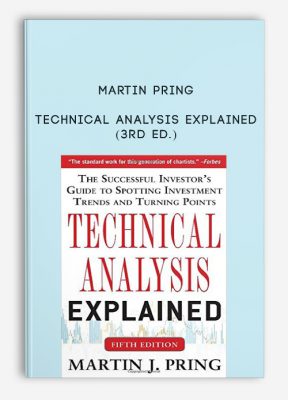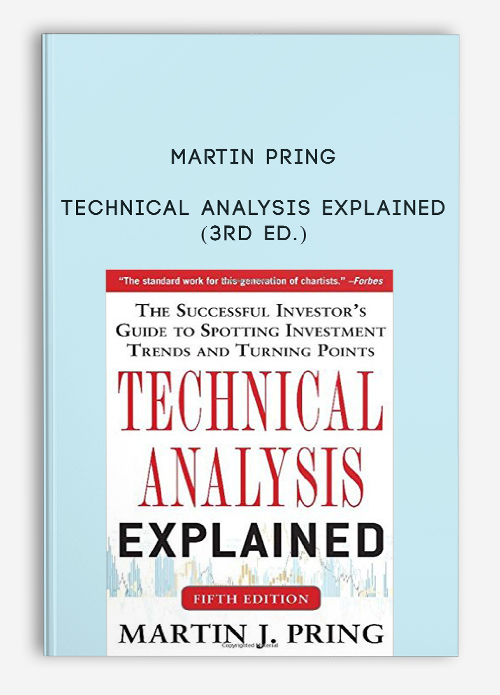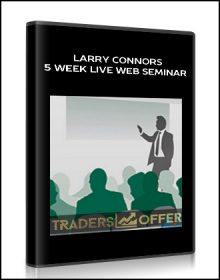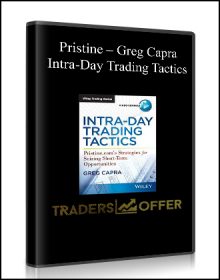Technical Analysis Explained (3rd Ed.) by Martin Pring
$25.00

Technical Analysis Explained (3rd Ed.) by Martin Pring
Get Technical Analysis Explained (3rd Ed.) by Martin Pring at Salaedu.com
Forex Trading – Foreign Exchange Course
You want to learn about Forex?
Foreign exchange, or forex, is the conversion of one country’s currency into another.
In a free economy, a country’s currency is valued according to the laws of supply and demand.
In other words, a currency’s value can be pegged to another country’s currency, such as the U.S. dollar, or even to a basket of currencies.
A country’s currency value may also be set by the country’s government.
However, most countries float their currencies freely against those of other countries, which keeps them in constant fluctuation.
Size: 11.4 MB
This guide aims to provide technical analysis skills for identifying and interpreting market cycles and selecting the best-performing investments. The book examines market swings and analyzes the financial position of various investor groups. It also explores market indicators and indices, including price indexes, markets’ breadth, moving average, cycles, rates of change, and various methods of volume measurement. The book contains hundreds of illustrations to clarify key points.
From the Author
A standard work in the field
Technical Analysis Explained is now in its third edition and seventh language. Since the first edition came out in 1980, I’m told it’s grown to be one of the standard works in the field. Forbes Magazine described it as “Widely regarded as the standard work for this generation of chartists.” It’s used as one of the two recommended textbooks for the Market Technician’s Association (MTA) Certified Market Technician course, as well as being recommended by other technical societies around the world. The University of Richmond and Golden Gate University have used Technical Analysis Explained as a course textbook and listed it on their recommended reading list for finance students.
This comprehensive 520-page book is suitable for beginner and intermediate technicians alike. The contents are as follows:
Part I Trend Determining Techniques 1. Market Cycle Model 2. Financial Markets and the Business Cycle 3. Dow theory 4. Parameters for Intermediate-Term Trends 5. Price patterns 6. Flags, Pennants,Wedges and Gaps 7. Trendlines 8. Moving Averages 9. Momentum I 10. Momentum II 11. Point and Figure Charting 12. Miscellaneous Techniques 13. Putting the Techniques Together
Part II Market Structure 1. Price: The major Averages 2. Price: Group rotation 3. Time :Longer-Term Cycles 4. Time: Cycle Identification 5. Volume 6. Breadth
Part III Interest Rates and Equities 1. Why rates affect the market 2. Short-term Interest Rates 3. Long-term Interest Rates
Part IV Other Aspects of Market Behavior 1. Sentiment Indicators 2. Speculative Activity in the Stock Market 3. Automated Trading Systems 4. Putting the Indicators Together
Part V Specific Markets 1. Individual Stock Markets 2. Individual Stocks 3. Gold 4. Currencies 5. Commodity Market Appendix A: Candle Charts Appendix B: The Elliott Principle
Get Technical Analysis Explained (3rd Ed.) by Martin Pring at Salaedu.com
1 review for Technical Analysis Explained (3rd Ed.) by Martin Pring
Add a review Cancel reply
Related products
Forex - Trading & Investment
Pristine – Paul Lange – Creating & Using a Trading Plan + Seven Steps to a Good Trade
Forex - Trading & Investment
Nick Van Nice & John Sheely – Master CTS Swing Trading (Video & Manual)
Forex - Trading & Investment
Forex - Trading & Investment










Trevis Trevis –
We create this shop with the mission: Bring the courses to 500 millions of people in the world, to help them awake their power and change their